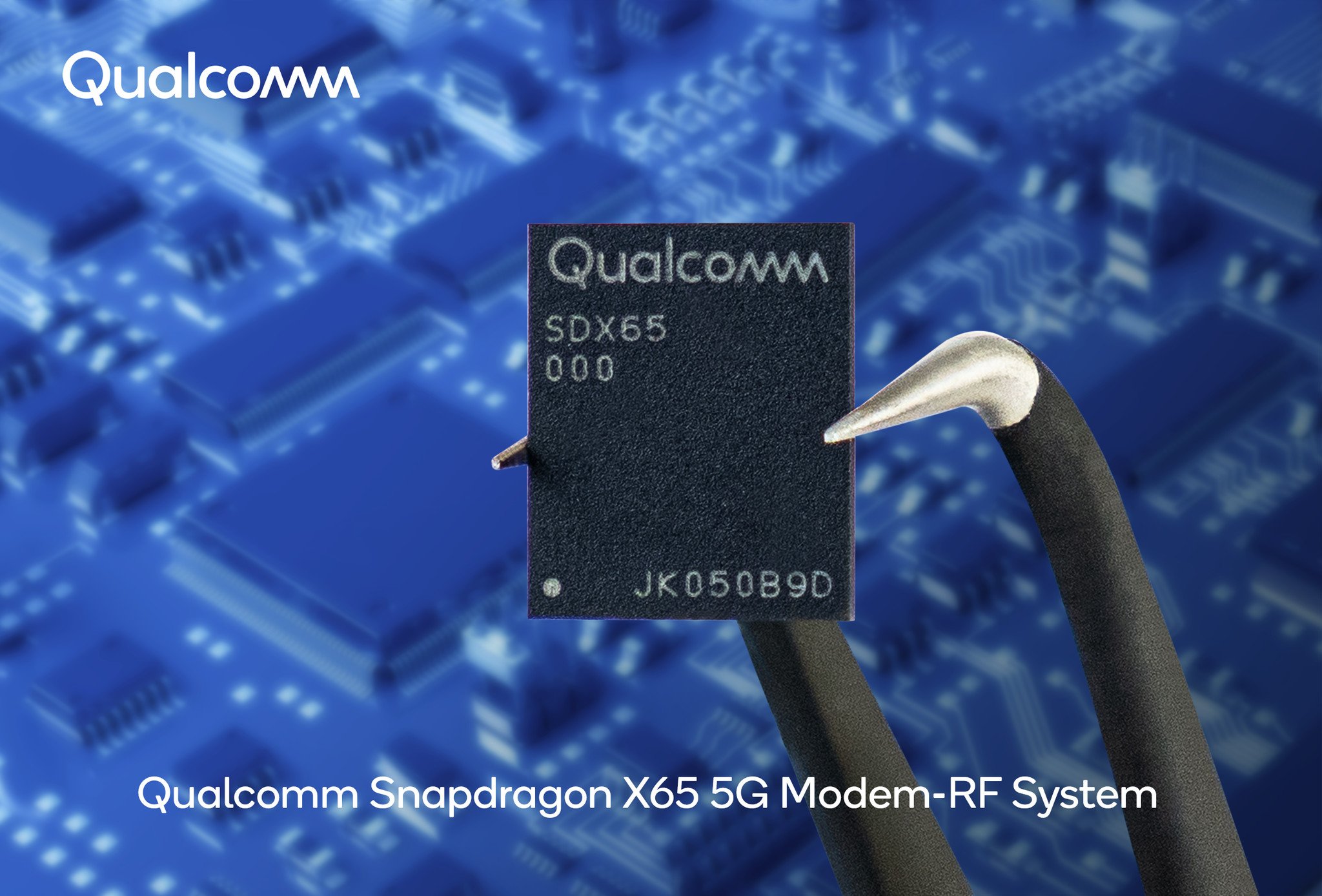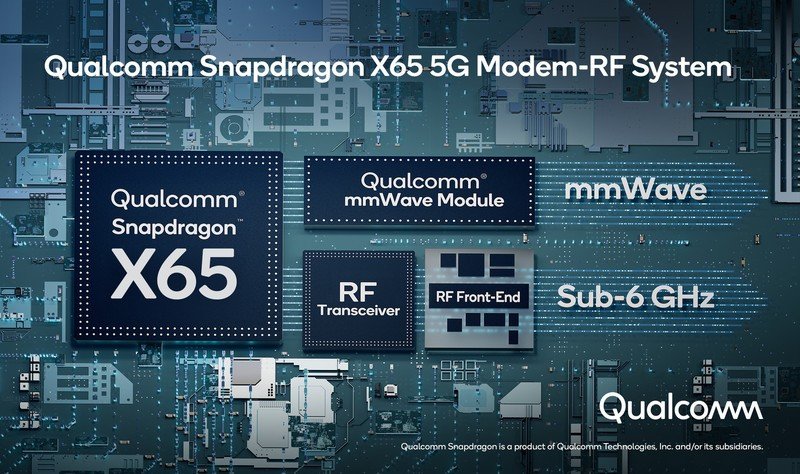The Snapdragon X65 modem means 5G isn't just for phones anymore

The Snapdragon X65 modem wasn't designed just to make the best 5G phone even better.
So far, 5G hasn't had much of an impact on most consumers. Sure, plenty of us have a 5G icon in our status bar — and if you're in the right place at the right time, you get a taste of insanely fast speed test results — but for the day-to-day use of our phones, things haven't changed too much.
You probably also haven't noticed that the 5G situation actually gets better every day as carriers make the changes needed and add equipment that's required to have a nationwide 5G network that lives up to our expectations. But all this is only part of what 5G and mmWave is all about, and believe it or not it's not the important part.
A wider information superhighway

The whole reason we need 5G is because of bandwidth, not speeds. Using the old but still true metaphor of an information superhighway, 5G adds a lot more lanes for traffic to use. That means more tiny trucks filled with data can move along and carry data back and forth at the same time. We need this because the current highway is starting to have plenty of traffic jams.
In a normal year, 100,000 or more people would have been at or near the Super Bowl. And your data connection would have been bad.
This past Sunday, Super Bowl LV was held. Usually, the Super Bowl is a huge event where a hundred thousand or so people would be in the same place at the same time, and all of them would have a smartphone, trying to chat or send photos or use social media all at the same time. Because of COVID-19, this wasn't the case, but normally everyone's data connection would have been really bad. You see this at any event where there are a lot of people trying to use their phones or tablets or laptops. And you don't need 100,000 people — any attendee will tell you that the 5,500 people at Google I/O can crash a network in short order.
This year, though, things would have been different if everyone could have been able to head to Tampa for the Super Bowl because of 5G. Raymond James Stadium would have had a setup where small 5G sites were in place and everyone's connection could have been good and stable, and definitely had been better than ever before possible.

The new 5G standards take this idea and turn it into what 5G was originally something to get excited about using what is known as fixed wireless access. And the new X65 modem is ready for it.
Get the latest news from Android Central, your trusted companion in the world of Android
Fixed wireless access is what is going to bring high-speed broadband to rural communities, provide stable connectivity for industrial applications, and make super crowded places like a football stadium still have decent reception when you want to use Instagram.
5G originally promised us things like rural broadband. The latest specification for it brings that — and more — to life.
It's a pretty big endeavor, and one Qualcomm is already prepared for. Though we will see it in the next high-end Snapdragon SoC, the X65 modem isn't just for phones — it will be used on all sorts of telecom equipment to make all the things we originally heard about from 5G a reality. It can "chain" different frequencies together to make even wider paths between points, use AI to best position antennas for maximum effect, and even make the existing sub-6 network better by adding more antennas for better bandwidth.
That's how a little town in Iowa or Oklahoma can have high-speed internet using 5G. It's how a company that produces cardboard and has robots haul stuff around can be connected and have an internal network that's rock solid. And it's how you'll have fast internet on your phone in most places that have roads and towns.
Things change

All of this is great stuff — both the updates to the 5G standards that allow it to happen and Qualcomm's readiness for it. But it's actually not the best part: Qualcomm has built the X65 in a way that almost everything is upgradable as standards change via software.
Updates can make the X65 even better.
Let that sink in for a minute. It means that if the way something like sending data over long distances using special beamforming (shaping a signal path using broadcast antennas) changes in a future 5G standard, carriers don't have to swap out equipment, and you don't have to buy anything new if you're using 5G for broadband in your home. A small over the air update takes care of it.
Qualcomm isn't making as big a deal of this as they should in my opinion, because it's definitely not a little thing. Updates can improve the performance of just about anything, but we've never seen something this complex that can be updated without swapping parts. It means companies will be more willing to invest in 5G infrastructure and its real nationwide rollout will come faster.
Let's be real for a minute — if you have a good connection on your phone, it's already fast enough. Upload and download speeds over LTE are more than adequate for just about anything we can do right now on a phone, and 5G doesn't have to bring faster speeds. And it probably won't give us gigabit data connections when all is said and done.
What it can do, and why it was originally designed to do, is make your personal data connection more stable, provide more connectivity to more places, help ease congestion areas, and provide an entirely new generation of Internet of Things devices that need a reliable and fast enough connection everywhere — like a connected car.
This is why something like the X65 is important. It's that first step to a new crazy connected world, filled with all-new issues but also filled with all-new great ideas. I can't wait.

Jerry is an amateur woodworker and struggling shade tree mechanic. There's nothing he can't take apart, but many things he can't reassemble. You'll find him writing and speaking his loud opinion on Android Central and occasionally on Threads.
